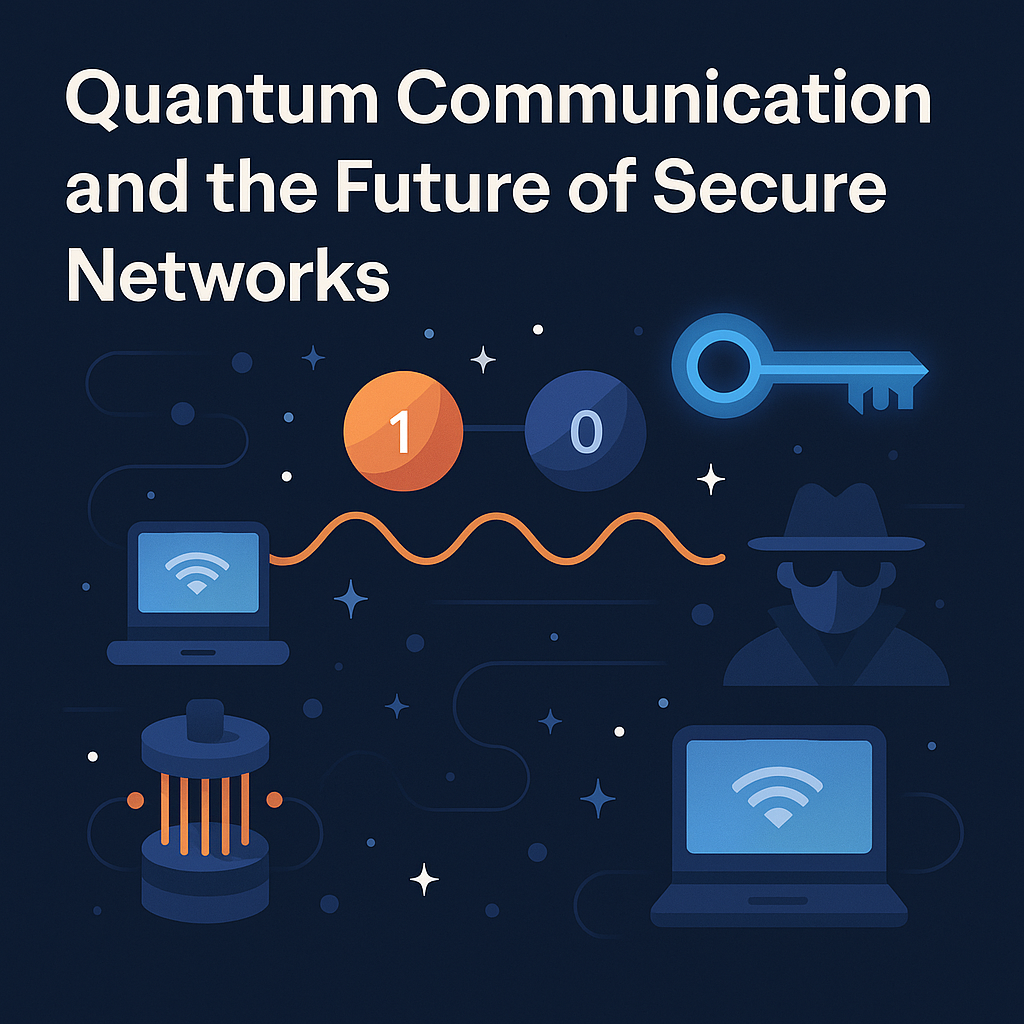Quantum Communication and the Future of Secure Networks

Modern cryptography relies on mathematical problems that are hard for classical computers to solve. But the rise of quantum computing threatens to break many of these assumptions. Quantum communication, however, flips the challenge on its head by using quantum mechanics not just to attack encryption but to secure it at the most fundamental level.
At the heart of quantum communication is the principle of entanglement. When two particles are entangled, their states remain correlated no matter how far apart they are. Measuring one instantly determines the other. This property allows the distribution of cryptographic keys in a way that is provably secure. If an eavesdropper tries to intercept the key, the act of measurement disturbs the quantum state, revealing the intrusion.
Quantum key distribution (QKD) is the most mature application of this idea. Protocols such as BB84 have been demonstrated across fiber optic cables and even in satellite-to-ground links. China’s Micius satellite famously enabled secure quantum communication across thousands of kilometers, proving that the concept is feasible at a global scale.
The challenges are still considerable. Quantum states are fragile and prone to decoherence, limiting the distances over which they can be transmitted. Building quantum repeaters — devices that can extend entanglement without destroying it — is one of the biggest technical hurdles. Integrating quantum channels with existing internet infrastructure also requires new protocols and hybrid architectures.
If these obstacles can be overcome, quantum communication could redefine secure networking. Financial institutions, governments, and defense agencies are already investing heavily, anticipating a post-quantum world where classical cryptography alone is insufficient. For everyday users, it may eventually mean a new internet backbone where privacy is not just a promise but a physical law.
References
https://www.nature.com/articles/d41586-020-02936-3
https://arxiv.org/abs/2008.04697
https://www.science.org/doi/10.1126/science.aae9939




